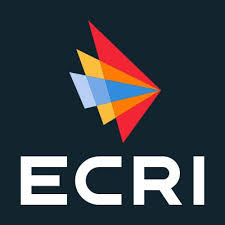April 28, 2025
Proactive strategies help healthcare supply chains withstand tariff pressures
Editor's Note
Tariffs on medical equipment and supplies continue to climb—a situation that calls for action on the part of healthcare organizations, according to an April 23 article from nonprofit safety organization ECRI. The article highlights ten proactive steps organizations can take to protect both care quality and the bottom line:
- Seek alternative products. Source clinically equivalent, cost-effective substitutes for tariff-impacted items while ensuring safety and performance.
- Expand supplier partnerships. Broaden your roster of vendors, both locally and internationally, to avoid overdependence on any single source.
- Implement real-time alerts. Use monitoring systems that provide immediate notifications about recalls or supply disruptions.
- Thoroughly vet new vendors. Rigorously evaluate new suppliers and review contracts for regulatory compliance and reliability.
- Enhance inventory controls. Adopt smart inventory practices and predictive tools to maintain adequate stock and avoid shortages.
- Secure long-term deals. Establish multi-year agreements with key suppliers to lock in prices and boost procurement stability.
- Consider domestic sourcing. Evaluate U.S.-based manufacturers for critical products to lessen exposure to international tariffs.
- Monitor policy and advocate. Stay updated on policy changes and engage in advocacy through industry organizations to influence favorable outcomes.
- Use tariff classification tools. Analyze the impact of tariffs using the Harmonized Tariff Schedule (HTS) and seek ways to minimize duties.
- Plan equipment replacement proactively. Develop long-range capital equipment plans to anticipate needs and secure pricing before market shifts occur.
The full report offers more detail on each strategy.
Read More >>
© Access Intelligence, LLC. All rights reserved. |
Privacy Policy |
Cookie Settings |
Diversity, Equity, Inclusion & Belonging |
Accessibility Statement


 Free Daily News
Free Daily News